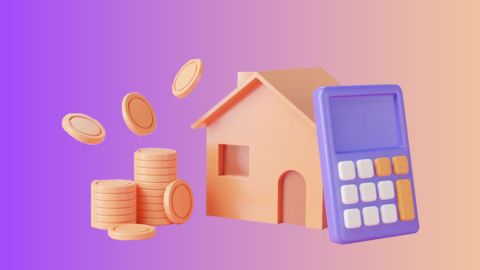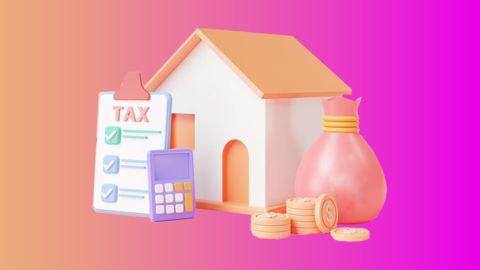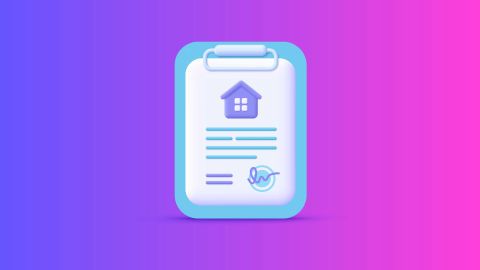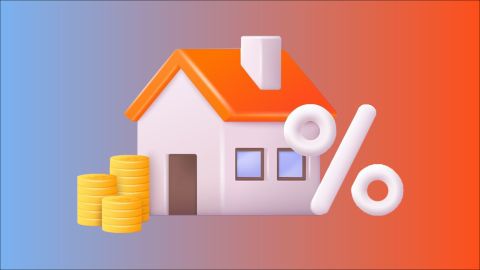Homeowners often find themselves in need of additional funds for various purposes, from home renovations to consolidating debts. In such cases, equity loans and lines of credit serve as valuable financial tools, leveraging the equity built up in one's home. These options offer flexibility and accessibility, providing homeowners with the means to address financial needs while using their property as collateral. Understanding the differences between home equity loan vs line of credit is essential for homeowners seeking to make informed decisions about managing their finances effectively.
While traditional home loans provide funds for purchasing a property, equity loans and lines of credit allow you to leverage the equity you have built up in your homes for additional financing needs. Equity loans offer a lump-sum payment with fixed terms, making them suitable for large expenses, whereas lines of credit provide a revolving credit line, offering flexibility for ongoing financial requirements. Evaluating the differences between these products is essential for homeowners seeking to make informed decisions about their borrowing options.
Understanding home equity loans vs. lines of credit
Both home equity loans and lines of credit allow homeowners to borrow against the equity they have built up in their homes. However, they operate differently and have distinct features that may make one more suitable than the other, depending on individual circumstances.
What is a home equity loan?
A home equity loan, also known as a second mortgage, is a lump-sum loan secured by the equity in the borrower's home. The loan amount is determined by the difference between the home's current market value and the outstanding balance on the mortgage.
How does a home equity loan work?
Once approved, the borrower receives the entire loan amount as a lump sum. The loan is repaid over a fixed period, usually ranging from 5 to 30 years, with a fixed interest rate. This structure ensures that monthly payments remain consistent, making it easier for borrowers to budget. Since the loan is secured by the home, interest rates are typically lower than those of unsecured personal loans.
Homeowners often use home equity loans for major expenses such as home renovations, medical bills, education costs, or debt consolidation. However, failure to repay the loan can result in foreclosure, as the lender has the right to seize the property. Therefore, borrowers should assess their financial situation carefully before opting for a home equity loan.
The pros and cons of home equity loans
pros:
- Fixed interest rates provide stability and predictability.
- Lump sum disbursement facilitates large expenses or projects.
- Interest may be tax-deductible if the funds are used for home improvements.
Cons:
- Borrowing against home equity puts the property at risk of foreclosure if payments are not made.
- Closing costs and fees may apply.
- Limited flexibility compared to lines of credit.
What is a line of credit?
A Home Equity Line of Credit (HELOC) is a revolving line of credit secured by the equity in the borrower's home. Unlike a home equity loan, a HELOC operates similarly to a credit card, allowing borrowers to draw funds as needed up to a predetermined credit limit.
How does a line of credit work?
Once approved, borrowers can access funds from their HELOC using checks or a designated credit card. They only pay interest on the amount borrowed and have the flexibility to repay and borrow again throughout the draw period, usually 5 to 10 years.
Pros and cons of lines of credit
Here are the pros of opting for lines of credit:
- Flexibility to borrow as needed, potentially reducing interest costs.
- Interest is only charged on the amount borrowed, not the entire credit limit.
- Can serve as a financial safety net for unexpected expenses.
Here are the cons of opting for lines of credit:
- Variable interest rates can lead to payment fluctuations.
- May tempt borrowers to overspend or accumulate debt.
- Some lenders charge annual fees or closing costs.
Differences between home equity loans and lines of credit
| Aspect | Home equity loan | Line of credit (HELOC) |
| Disbursement | Lump sum | Revolving credit |
| Interest rate | Fixed | Variable |
| Repayment | Fixed instalments | Minimum monthly payments |
| Flexibility | Limited | High |
| Interest deductibility | Possible for home improvements | Possible for home improvements |
| Risk of foreclosure | Yes | Yes |
| Closing costs | Yes | Yes |
Eligibility criteria for home equity loans and lines of credit
Eligibility for both home equity loans and lines of credit typically depends on factors such as credit score, income, debt-to-income ratio, and the amount of equity in the home. Lenders may also consider the loan-to-value ratio, which is the percentage of the home's appraised value that is borrowed against.
How to apply for a home equity loan or line of credit
To apply for either a home equity loan or a line of credit, homeowners typically need to gather financial documents, such as tax returns, pay stubs, and information about the property. The application process involves submitting these documents to the lender, who will then assess the borrower's creditworthiness and determine the loan terms.
If you are considering purchasing a residential property or refinancing your existing home loan, Bajaj Finserv offers a streamlined application process with approval in just 48 hours*. Check your eligibility for a home loan from Bajaj Finserv with attractive rates and tenure up to 32 years. You may already be eligible, find out by entering your mobile number and OTP.
Bajaj Housing Finance Home Loan
Now that you're familiar with the benefits of home equity loans and lines of credit, if you're considering property investment or need funds for purchasing a residential property, explore the seamless financing options offered by Bajaj Housing Finance Home Loans. Unlock your property's potential with competitive rates and flexible repayment plans.
- Tailor your home loan to suit your unique needs with our personalised loan solutions. Whether it's choosing your loan amount, and repayment tenure, we empower you to achieve homeownership on your terms, making the journey towards owning your dream home truly customisable.
- Experience affordability with competitive interest rates on home loan starting at just 7.45%* p.a, ensuring our home loan remains manageable. With EMIs as low as Rs. 684/lakh*, achieving homeownership becomes easily attainable and within reach.
- Enjoy convenience in loan repayment with extended repayment tenures of up to 32 years. Select a repayment plan that aligns seamlessly with your financial situation, allowing you to prioritise loan repayment effectively while ensuring financial stability.
- Unlock additional financial support with our top-up loan facility, offering access to up to Rs. 1 crore* or higher. Whether it's for home renovations, repairs, or expansions, benefit from minimal documentation and attractive interest rates when utilising this additional finance option through our home loan balance transfer facility.
Conclusion
In conclusion, understanding the differences between home equity loans and lines of credit is crucial for homeowners seeking to make informed decisions about managing their finances effectively. Both options offer unique advantages and disadvantages, catering to varying financial needs and preferences. Whether opting for the stability of a fixed-rate home equity loan or the flexibility of a revolving line of credit, homeowners can leverage their equity to achieve their goals.
Additionally, considering beneficial home loan options like those offered by Bajaj Housing Finance can further enhance the financial journey, providing tailored solutions and competitive rates to support homeownership aspirations. Check your loan offers from Bajaj Finserv today. You may already be eligible, find out by entering your mobile number and OTP.




